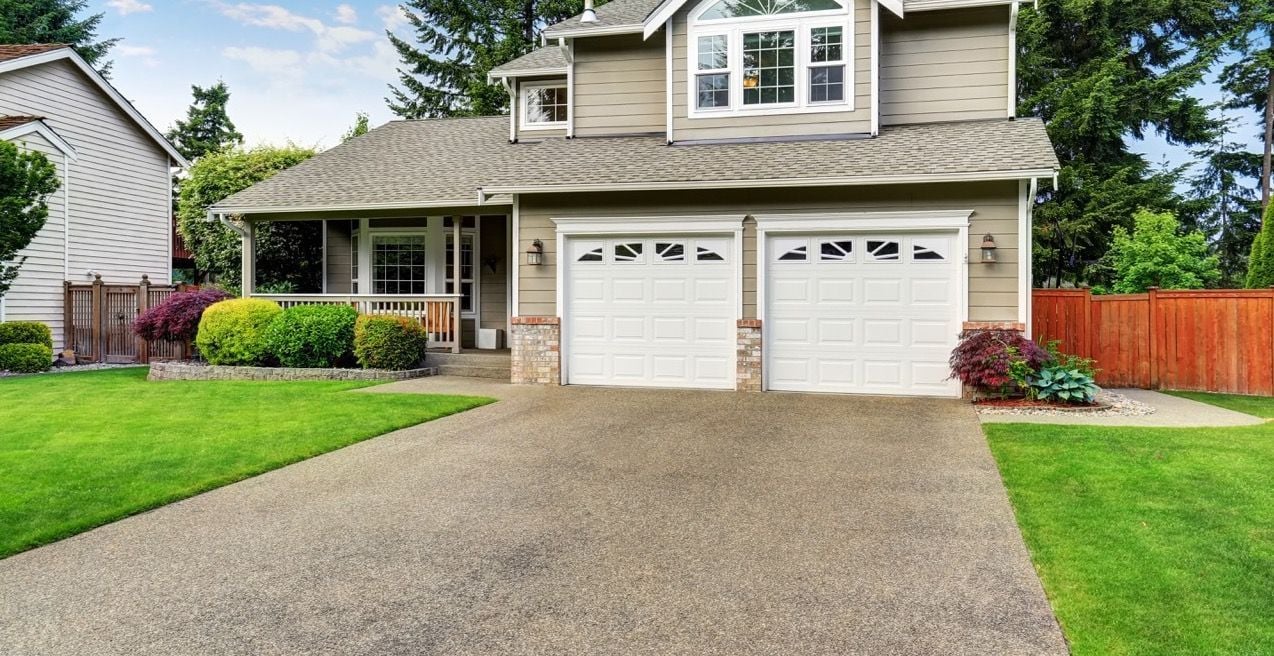Topics:
Search for topics or resources
Enter your search below and hit enter or click the search icon.
Providing your email address will keep you updated should we need to provide updates specific to your location.

While many homeowners are tempted to DIY mudjacking, we know the process is tricky, requires specialized tools, and comes with risks.
This guide gives you the full picture: the tools you’ll need, the exact process, the risks, and the alternatives to consider before you start drilling into your slab.
TL;DR
Yes, you can DIY mudjacking with the right tools, mixture, and patience. But without training and professional equipment, the risks of cracking or over-lifting are high. For most homeowners, hiring a professional concrete leveling service is the safer, longer-lasting, and often more cost-effective choice.
In This Article
Yes, mudjacking can be done as a DIY project. Homeowners can rent a grout pump, drill holes into the slab, and inject a mud mixture to lift the concrete.
However:
That’s why most experts recommend leaving it to professionals. But if you’re determined, here’s what it takes.

Pro Tip: Go slowly, as it’s easy to overlift the slab. You can always add more material, but you can’t take it out once injected.


While we do not recommend the following methods due to safety concerns, some homeowners have tried:
These methods are risky, often lead to uneven results, and more likely to cause cracks or injuries. Learn more here: Can You DIY Concrete Leveling?

Stone slurry grout and foam leveling provide longer-lasting and more precise results.
Related Resource: Comparing Mudjacking, Stone slurry Grout Leveling, and Foam Leveling
Grinding can be an affordable way to remove small trip hazards but it weakens slabs and leaves patchy finishes.
Adding concrete over sunken slabs creates a temporary patch that will likely chip and flake off.
While it’s possible, DIY mudjacking is rarely recommended. The complexity, cost of equipment, and risk of slab damage usually outweigh the potential savings.
At A-1 Concrete Leveling, we don’t perform traditional mudjacking, but our stone slurry grout leveling and foam leveling services are modern, long-lasting alternatives that address the root causes of sunken concrete.
Request your free on-site estimate to see your options.
DIY mudjacking is not always cheaper. By the time you rent equipment and buy materials, it may cost nearly as much as hiring a pro, without the guarantee of success.
DIY mudjacking will likely not last long due to improper void-fill. Professional methods can last the life of the slab when combined with proper maintenance.
Grinding or patching are safer, low-cost fixes for small uneven slabs, but they’re often considered temporary fixes.
Sarah Etler joined A-1 Concrete Leveling after receiving her Bachelor of Arts degree in English from Northern Kentucky University. As A-1's Content Marketing Manager, she works closely with industry experts to produce content that will best answer questions related to concrete repair and maintenance practices. Sarah loves living a life full of discovery and is excited every day to see what new things she can learn and share with those around her.
Topics: